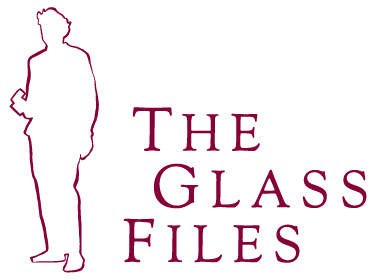
ITEM DETAILS
document
Eponymous, a reading and writing system for visually impaired people
Reading and writing
Louis Braille was born on January 4th, 1809.
Following an accident that left him blind in both eyes as a young child, Braille (1809-1852) invented the eponymous reading and writing system used around the world by blind and visually impaired people.
A brilliant student, Braille was admitted to the Royal Institute for Blind Youth in Paris, one of the first and only schools for blind children. The Haüy system was taught there; it consisted of tracing one's fingers over raised printed letters of the Roman alphabet. This proved cumbersome however as the books printed were abridged, very heavy, fragile, and expensive to print, and the children could not write.
In 1824, Braille discovered what would become the precursor to his system. Charles Barbier, a captain in the French Army, had developed a communication system to be used discreetly by soldiers, without the need for speech or light, but by tracing one's fingers on the note. Barbier's method, sonography, transcribed sounds (as opposed to letters) into dots.
By the age of 15, Braille had more or less completed his version of the system, which he published in 1829. Using combinations of six dots to represent letters and numbers, users were to trace their fingers over the embossed dots. Subsequently, Braille devised the decapoint, allowing the blind to write using a system that would be understood by the sighted.
Braille was passionate about mathematics and music, and expanded the use of his system to manuals on these topics.
Following an accident that left him blind in both eyes as a young child, Braille (1809-1852) invented the eponymous reading and writing system used around the world by blind and visually impaired people.
A brilliant student, Braille was admitted to the Royal Institute for Blind Youth in Paris, one of the first and only schools for blind children. The Haüy system was taught there; it consisted of tracing one's fingers over raised printed letters of the Roman alphabet. This proved cumbersome however as the books printed were abridged, very heavy, fragile, and expensive to print, and the children could not write.
In 1824, Braille discovered what would become the precursor to his system. Charles Barbier, a captain in the French Army, had developed a communication system to be used discreetly by soldiers, without the need for speech or light, but by tracing one's fingers on the note. Barbier's method, sonography, transcribed sounds (as opposed to letters) into dots.
By the age of 15, Braille had more or less completed his version of the system, which he published in 1829. Using combinations of six dots to represent letters and numbers, users were to trace their fingers over the embossed dots. Subsequently, Braille devised the decapoint, allowing the blind to write using a system that would be understood by the sighted.
Braille was passionate about mathematics and music, and expanded the use of his system to manuals on these topics.
Royal Institute for Blind Youth, Paris, France
January 4th, 1809
post by Chanez Baali
project: The Glass Files #onthisday via Instagram
document | blind | World Braille Day | haüy | decapoint | raphigraphy | reading | education | learning | blind sight | Louis Braille | Charles Barbier | writing | Eponymous | teachers | on this day
This item is shared by Mother Earth
with
the Community and the World.
